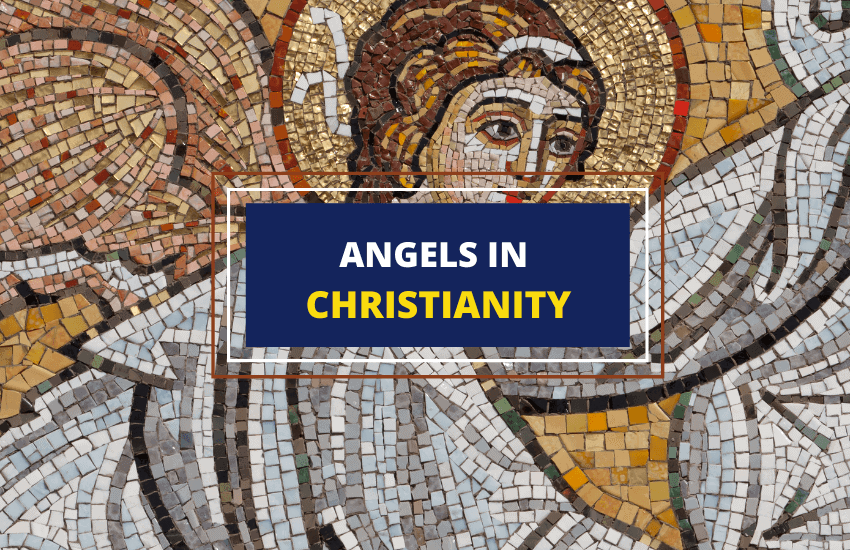
Table of Contents
From the earliest religious texts to the modern interpretations, angels have always been a fascinating element of religious discourse. One of the most revered types of celestial beings, angels are found in all three major Abrahamic religions, Judaism, Islam, and Christianity.
Angels are depicted as messengers of God and their main mission is to serve God and protect and guide Christians. The Bible describes Angels as intermediaries between God and his disciples. Similar to Angels in Islamic tradition, Christian Angels also translate God’s will that cannot be easily perceived by humans.
The Origin of Angels
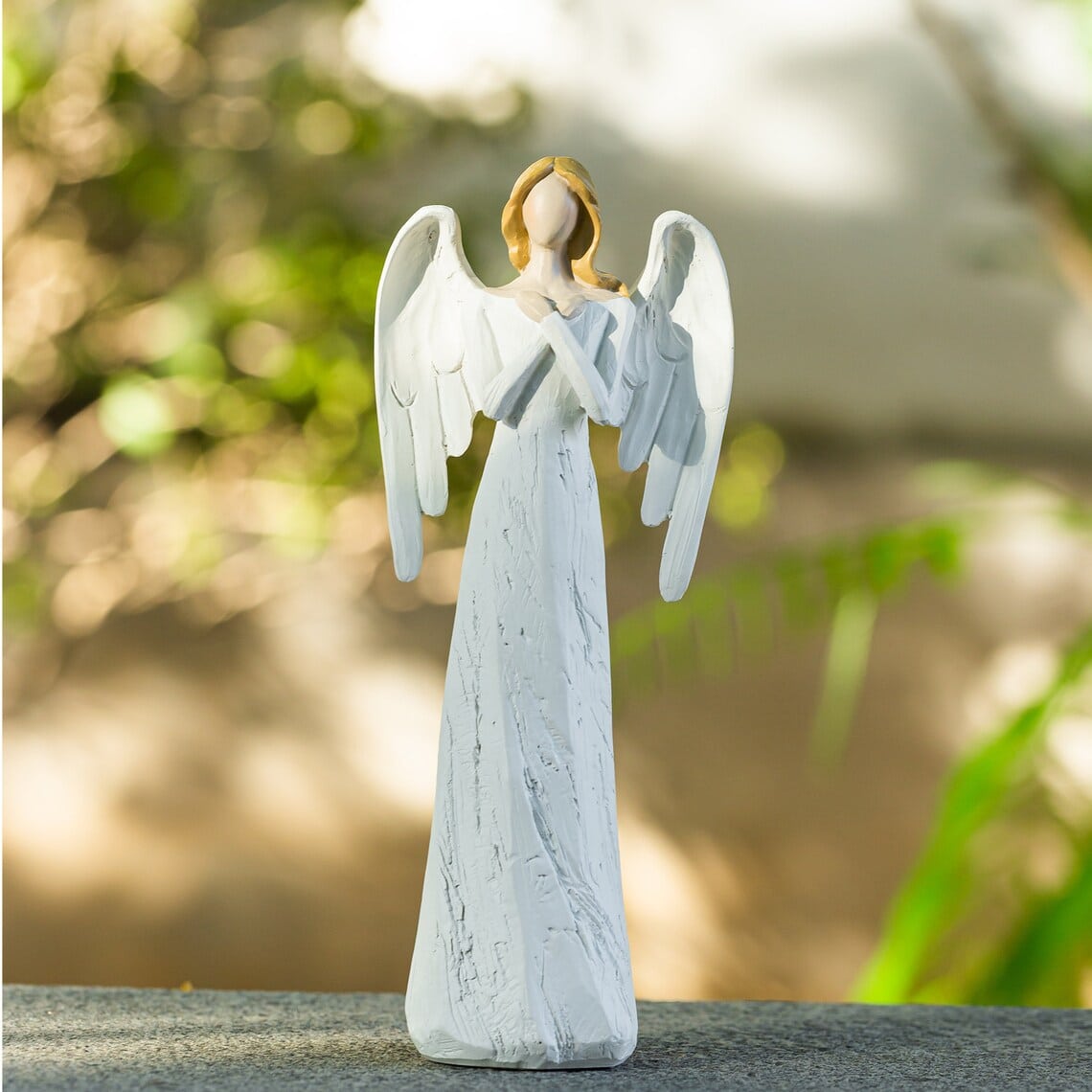
The Christian understanding of angels was largely inherited from Judaism, which in turn was likely inspired by ancient Zoroastrianism. This Persian religion predates Judaism by many centuries and was also the first monotheistic belief. Many Jewish angelic concepts were heavily inspired by Zoroastrianism, including the concept of archangels.
In the Bible, Angels were created by God. However, when and how this was done isn’t mentioned in the Bible. Job 38:4-7 mentions that when God created the world and everything in it, the Angels sang his praises, indicating that they had been already been created by that time.
The word Angel comes from ancient Greek and can be translated as ‘messenger’. This highlights the role that Angels play, as messengers of God who carry out his will or relay it to humans. They are typically depicted as winged figures radiating with heavenly light, although the Bible states they can also appear in human form. Angels are immortal, powerful, and intelligent, but they do not have physical desires and cannot procreate.
Hierarchy of Angels
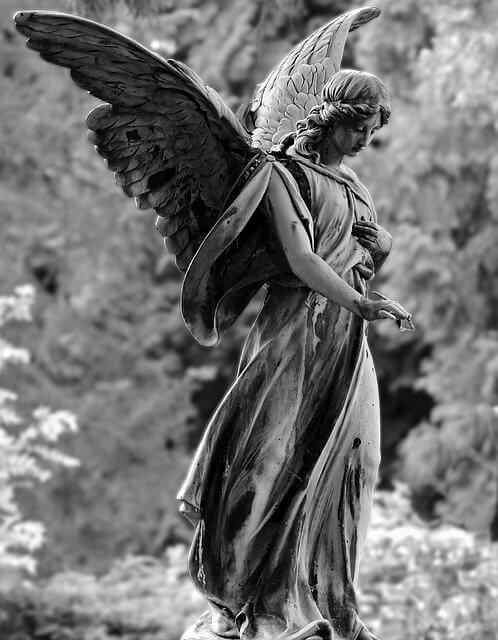
Angels are God’s messengers, intermediaries, and warriors. Around the 4th century A.D., the Church accepted the dogma that angels are not essentially equal. They differ in their powers, roles, responsibilities, and relationship to God and humans. The hierarchy of angels is not mentioned in the Bible and was an idea that came afterwards. The hierarchy of angels divides angels into three spheres with three levels each, making a total of nine levels of angels.
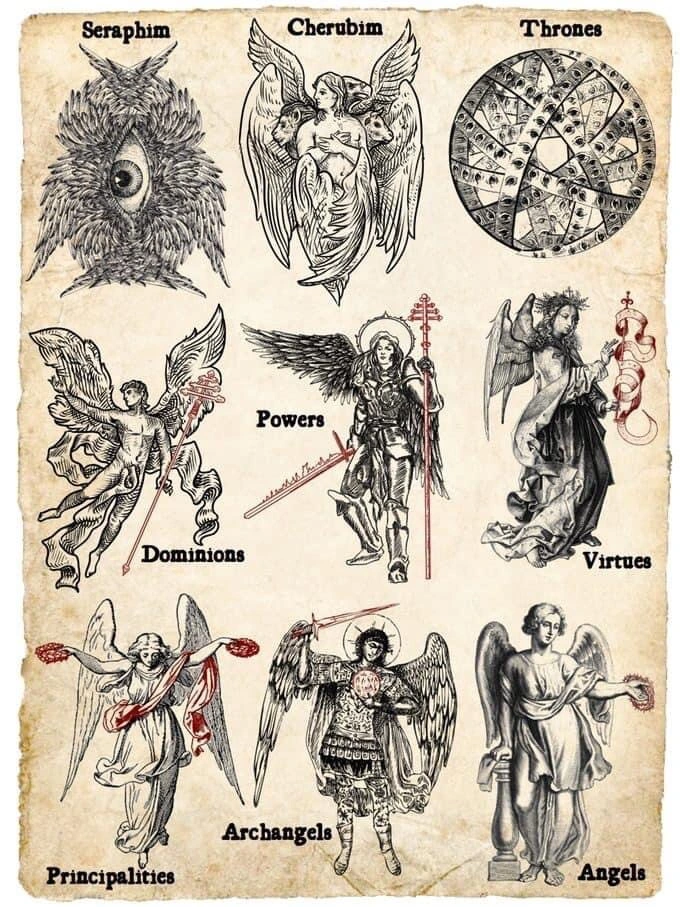
First Sphere
The first sphere consists of those angels that are direct heavenly servants to God and his Son and are the most important and closest angels to him.
- 1. Seraphim
The Seraphim are angels of the first sphere and are amongst the highest angels in the hierarchy. They burn with their passion for God and sing his praises at all times. Seraphim are described as being fiery winged beings, with four to six wings, two each to cover their feet, face, and assist them in flying. Some translations depict the Seraphim as serpent-like beings.
- 2. Cherubim
Cherubim are a class of angels who sit next to the Seraphim. They are angels of the first order and are described as having four faces – one a human face, while the others are the faces of a lion, an eagle, and an ox. Cherubim guard the way to the Garden of Eden and the throne of God. The Cherubim are God’s messengers and provide humankind His love. They are also the celestial record keepers, marking down every deed.
- 3. Thrones
The Thrones, also known as Elders, are described by Paul the Apostle in Colossians. These celestial beings communicate the judgements of God to the lower classes of angels who then pass them onto humans. The Thrones are the last of the first sphere of angels, and as such, are among the celestial beings closest to God, who sing his praises, see him and adore him directly. They have one of the strangest descriptions, described by Ezekiel as wheels within wheels full of eyes.
Second Sphere
The second sphere of angels deal with humans and the created world. They’re the ones that fulfill God’s plans in the world.
- 4. Dominations
The Dominations, also known as Dominions, are a group of angels of the second order and regulate the duties of angels lower in hierarchy. These angels don’t often appear before humans or make their presence known, as they work more as the intermediaries between the first sphere of angels, translating their communication clearly and in a detailed manner.
Unlike the first sphere angels, these beings do not communicate directly with God. Dominations are depicted as beautiful, human-like figures. Most depictions of angels in art and literature feature Dominations, rather than the bizarre appearance of Cherubim or Seraphim.
- 5. Virtues
Virtues, also known as the Strongholds, are also in the second sphere and control the elements and movements of celestial bodies. They assist in miracles and governing nature and its laws. They ensure that everything is operating as per God’s will, and regulate such phenomenon as gravity, the movement of electrons, and the operation of machines. The Virtues are hard-working beings and are responsible for maintaining the physical laws of the universe.
- 6. Powers
The Powers, sometimes called the Authorities, are angels of the second sphere. They battle evil forces and can prevent evil from causing harm. These beings are warriors, and their role is to ward off evil spirits, and to capture and chain them.
Third Sphere
The third sphere of angels consist of guides, messengers, and protectors. They interact with humans on a more intimate level than the other angels.
- 7. Principalities
Principalities are the angels of the third sphere, and they are in charge of protecting peoples, nations, and the Church. They serve God and upper spheres of angels. These beings communicate directly with the Dominations and are under their direction. These celestial beings are often depicted wearing a crown and carrying a scepter. They inspire, educate, and guard humans.
- 8. Archangels
The term Archangel means chief angels in ancient Greek. There are believed to be seven archangels, who are the guardian angels of countries and nations. The most famous of the archangels are Gabriel, who announced to Mary that she was bearing the son of God, Michael the protector of Church and its people, Raphael the healer, and Uriel the angel of repentance.
The Bible does not explicitly mention the names of the archangels, except for Michael and Gabriel, and the term is used only twice in the New Testament. For those who believe in Angel numbers, it’s mainly the archangels who communicate with them.
- 9. Angels
Angels are considered the lowest celestial beings in the hierarchy of angels in Christianity. They have many functions and roles and are most often the ones to communicate and frequent humans and intervene in their affairs.
Included in this level of angels are guardian angels, who protect and watch over humans. Angels are the furthest from God in the hierarchy but are the closest to humans and are therefore able to communicate to humans in a way that humans can understand.
Who Is Lucifer, the Fallen Angel?
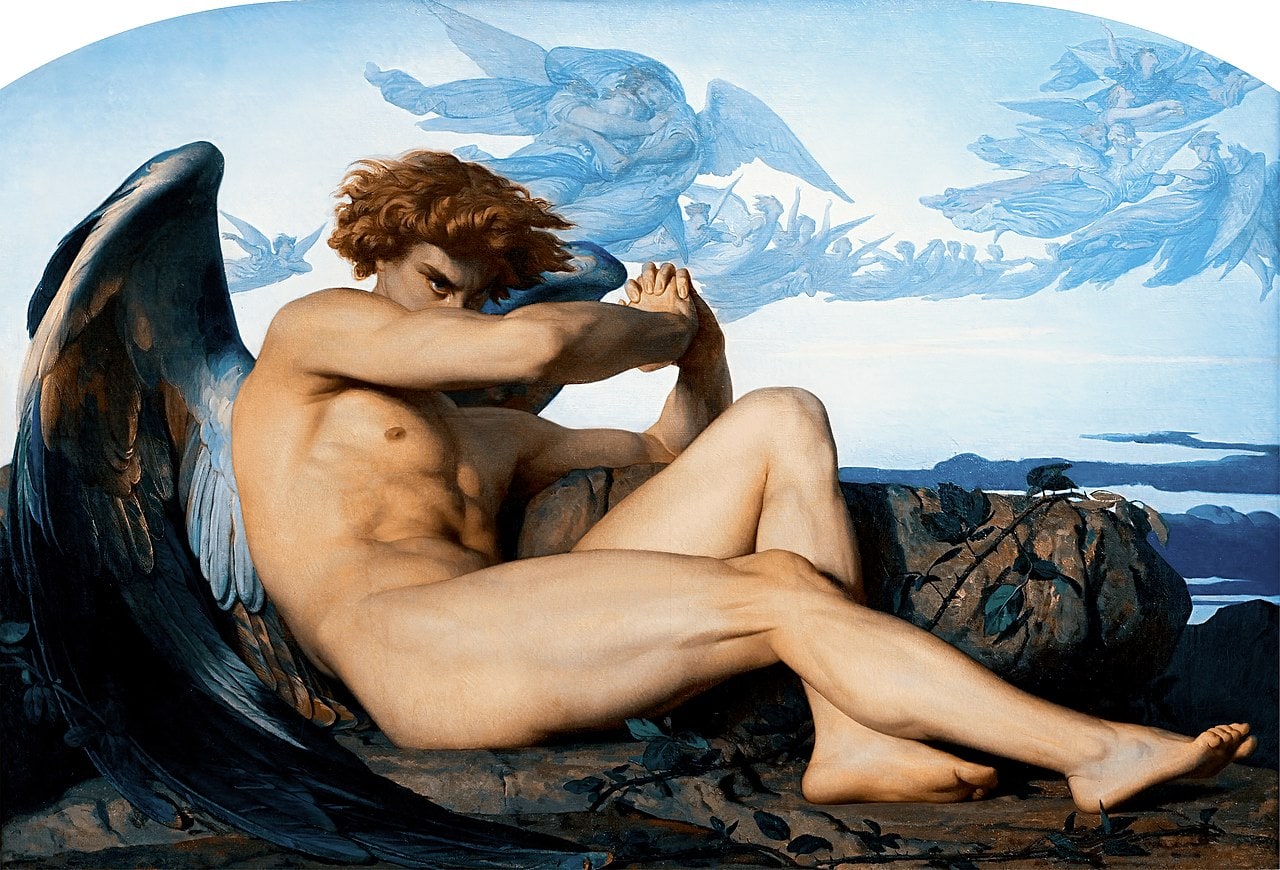
Angels can be guardians and messengers. However, unlike in Islam where angels are thought not to have their own free will, in Christianity it is believed that angels can turn their back on God and suffer the consequences.
The story of Lucifer is a story of fall from grace. As a near-perfect angel, Lucifer was absorbed by his beauty and wisdom and started to desire and seek out the glory and worship that belonged solely to God. This sinful thinking corrupted Lucifer, as he chose to follow his own will and greed.
The moment when Lucifer’s envy of God eclipsed his devotion to God is presented as the most sinful moment in Christianity and the ultimate betrayal of God. Thus, Lucifer was cast away to the fiery pits of Hell to stay there until the end of times. Upon his fall from God’s grace, he was no longer known as Lucifer but Satan, the Adversary.
Angels vs. Demons: What Are Their Powers?
Originally, demons were foreign gods. This naturally led them to be considered as something strange, malevolent, and evil. In the New Testament they are described as evil spirits that do not serve God but Satan. Some differences between angels and demons are as follows:
- Angels can appear in the form of humans, whereas demons can possess and inhabit humans.
- Angels celebrate human salvation and point them towards God, whereas demons work to bring humans down and turn them away from God.
- Angels protect and guide humans, whereas demons work to harm humans and cause them to sin.
- Angels seek to bring about peace and unity among humans, whereas demons wish to cause separation and division.
- Angels praise God and herald Jesus, whereas demons acknowledge the presence of Jesus by shrieking.
Are Angels Similar to Humans?
Although angels are generally believed to be different to humans and even created before humans, some iterations of Christianity beg to differ.
For example, the Church of the Latter-Day Saints interprets angels as humans who have died or have yet to be born. For them, the Archangel Michael is in fact Adam and the Archangel Gabriel is actually Noah. The Swedenborgian Church believes that angels have physical bodies and that they are of human origin. They claim that angels were once humans, often children, who passed away and upon their deaths became angels. It’s important to note that not all Christian groups hold these beliefs.
Angels in Christianity, Islam, and Judaism
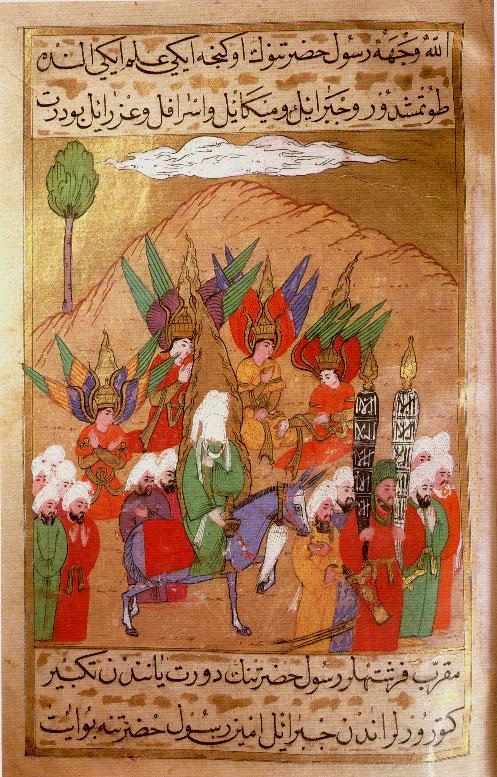
Roles and Responsibilities
In all three religions, angels act as God’s messengers, but their roles extend beyond mere communication. In Christianity, angels are also protectors, guardians, and spiritual warriors. Similarly, in Islam, angels have specialized roles, from recording a person’s deeds to ushering in the Day of Judgment. In Judaism, while angels carry out God’s commands, their interaction with humans is often less direct.
Free Will
An interesting point of divergence arises in the discourse of angels’ free will. Christian and Jewish texts suggest that Angels have a degree of free will, made clear by the rebellion of Lucifer and his followers. However, Islamic tradition maintains that angels, being made of light and inherently obedient, do not possess free will.
Appearance
The depiction of angels also differs in the three religions. Winged human-like beings are a common theme, but Christian iconography has added halos, heavenly light, and often, specific symbolic objects when depicting Angels. However, Islamic tradition discourages the visual depiction of angels, emphasizing their ethereal and intangible nature. In Judaism, angels’ descriptions range from human-like to highly abstract, such as the complex, multi-winged figures in Ezekiel’s visions.
Wrapping Up
Angels are one of the most interesting and complex aspects of Christian faith. They are interpreted in many ways but there is a general structure and hierarchy to follow for the easier understanding of their role. Angels of the upper echelons are the closest to God and the most powerful, while the lower hierarchies of angels are closer to humans and seek to deliver the message of God and follow up on his commands.








